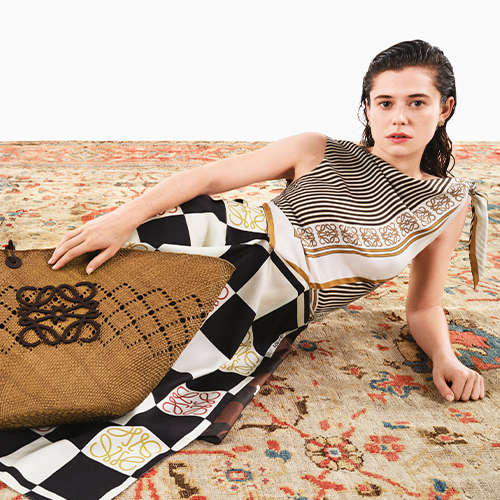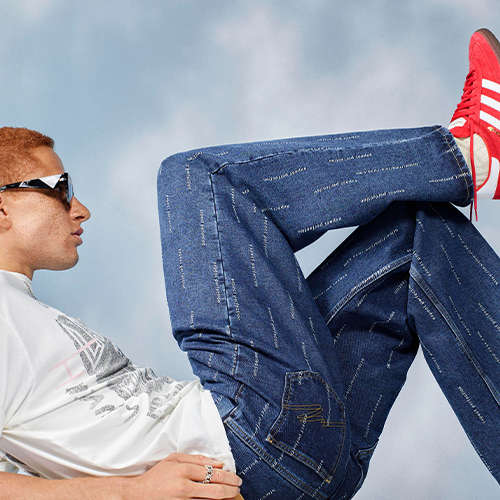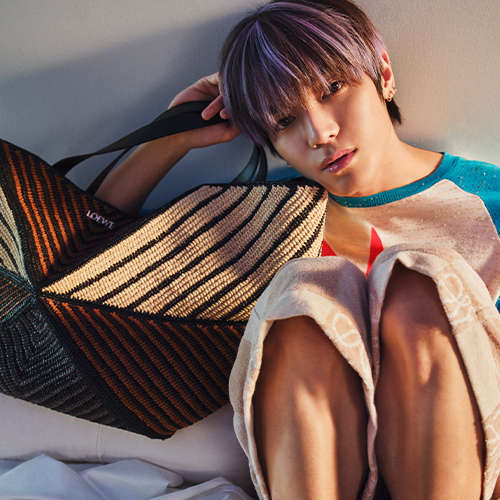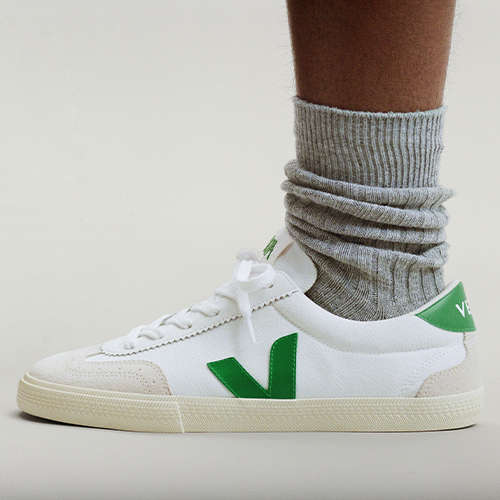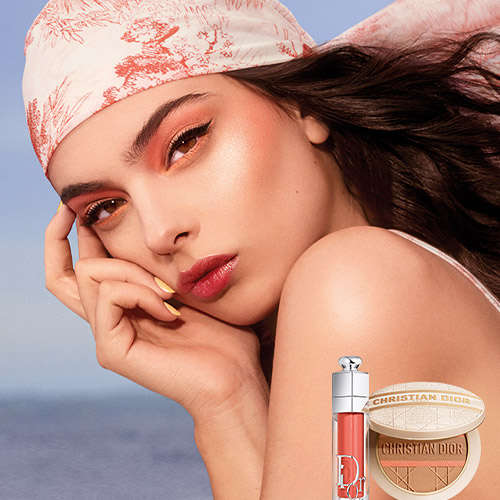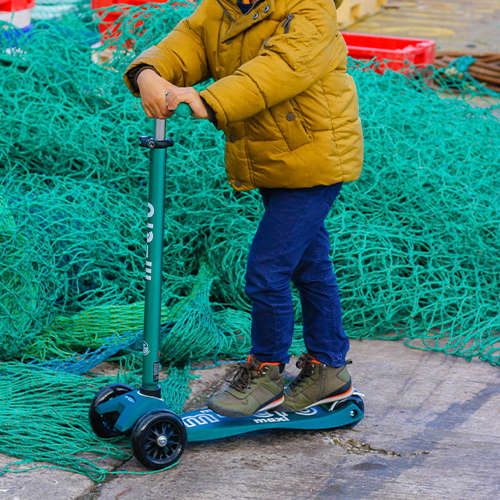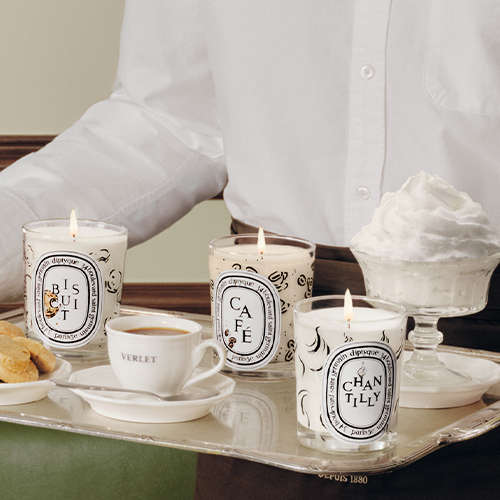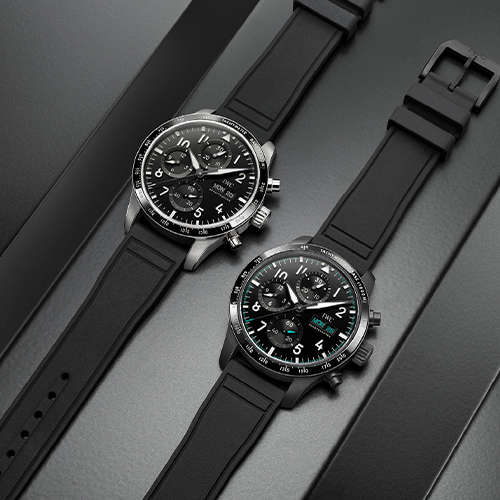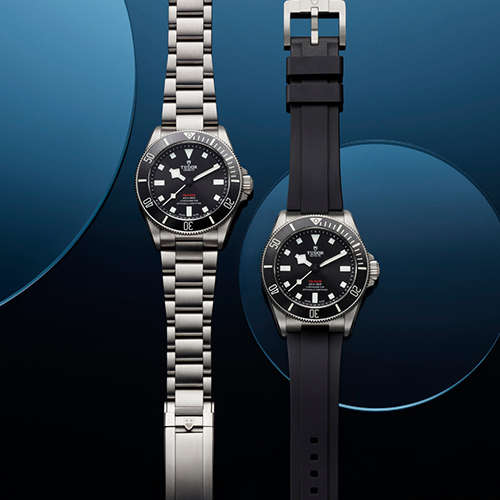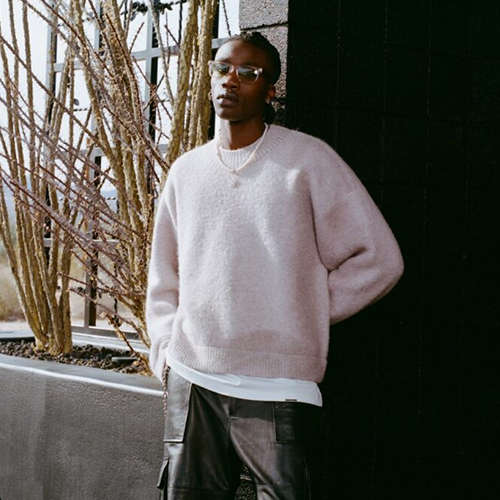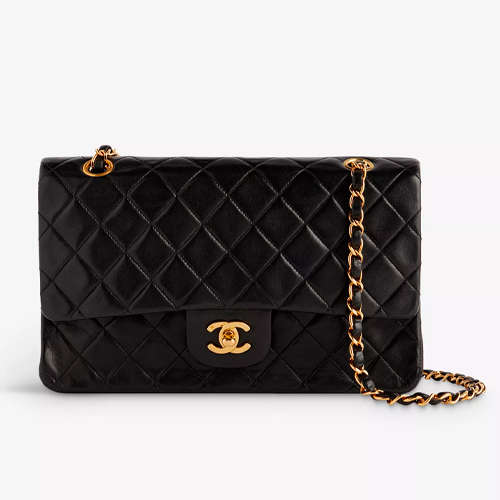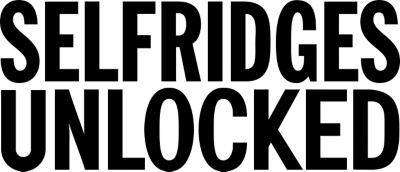- Australia / AUD $
- Canada / CAD $
- China / CNY ¥
- France / EUR €
- Germany / EUR €
- Hong Kong SAR China / HKD $
- Ireland / EUR €
- Italy / EUR €
- Japan / YEN ¥
- Kuwait / USD $
- Macao SAR China / HKD $
- Netherlands / EUR €
- Qatar / USD $
- Saudi Arabia / USD $
- Singapore / SGD $
- South Korea / KRW ₩
- Spain / EUR €
- Taiwan / TWD $
- United Arab Emirates / USD $
- United Kingdom / GBP £
- United States / USD $
- Not yours? Read more
Tell us what you think
Shop in your local currency and language
You are currently in United Kingdom GB / GBP £ store
- English
- English
- English
- English
- English
- English
- English
- English
- English
- English
- English
- English
- English
- English
- English
- English
- English
- English
- English
- English
- English
Did you know that we deliver to 130 countries or regions and offer a range of delivery options to suit you wherever you are in the world? Find out more
Sign up once to our Selfridges+ service and you can enjoy unlimited deliveries wherever you are in the world. FIND OUT MORE
International delivery
With almost everything on selfridges.com available for International Delivery, you can send your order to 130 countries or regions around the world, including North America, Australia, the Middle East and China.
Although we only offer 20 currencies to browse in online, you can still deliver to all of the following countries or regions:
- Algeria
- Andorra
- Antigua and Barbuda
- Aruba
- Australia
- Austria
- Azerbaijan
- Bahrain
- Bangladesh
- Barbados
- Belarus
- Belgium
- Belize
- Bermuda
- Bolivia
- Botswana
- Brunei
- Bulgaria
- Cambodia
- Canada
- Cayman Islands
- Chile
- China
- Colombia
- Costa Rica
- Croatia
- Cyprus
- Czech Republic
- Denmark
- Dominica
- Dominican Republic
- Ecuador
- Egypt
- El Salvador
- Estonia
- Finland
- France
- French Guiana
- Germany
- Gibraltar
- Greece
- Grenada
- Guadeloupe
- Guatemala
- Guernsey
- Guyana
- Honduras
- Hong Kong
- Hungary
- Iceland
- India
- Indonesia
- Ireland
- Israel
- Italy
- Jamaica
- Japan
- Jersey
- Jordan
- Kazakhstan
- Kenya
- Kuwait
- Laos
- Latvia
- Lebanon
- Lesotho
- Liechtenstein
- Lithuania
- Luxembourg
- Macau
- Malaysia
- Maldives
- Malta
- Martinique
- Mayotte
- Mexico
- Monaco
- Montserrat
- Morocco
- Myanmar
- Namibia
- Netherlands
- New Zealand
- Nicaragua
- Nigeria
- Norway
- Oman
- Pakistan
- Panama
- Paraguay
- Peru
- Philippines
- Poland
- Portugal
- Puerto Rico
- Qatar
- Reunion
- Romania
- Rwanda
- Saint Kitts and Nevis
- Saint Lucia
- Saint Martin (French part)
- San Marino
- Saudi Arabia
- Serbia
- Singapore
- Slovakia
- Slovenia
- South Africa
- South Korea
- Spain
- Sri Lanka
- Suriname
- Swaziland
- Sweden
- Switzerland
- Taiwan
- Tanzania
- Thailand
- Trinidad and Tobago
- Turkey
- Uganda
- Ukraine
- United Arab Emirates
- United Kingdom
- United States
- Uruguay
- Venezuela
- Vietnam
If wearing carpets, covering your body in crescent moons and shooting lasers all sounds about as tangible a vision of the future as Barbarella, let French designer Marine Serre be the first to welcome you to this brave new world.
Since launching her label four years ago with her LVMH Prize-winning graduate collection, ‘A Radical Call For Love’, Serre’s couture-like approach to upcycling, socio-political runway collections (air pollution, the climate crisis and extinction are recurring themes) and that moon motif – the one Beyoncé wore in her Black Is King visual album – have marked her out as a designer shaping the future of fashion. Hence, ‘Ecofuturist’, the name she gives to her brand’s entire mode de vie, spanning her signature bodysuits, razor-sharp tailoring and experimental, regenerated designs. Serre explained, it’s “about rethinking our future – it includes new chains of production, new ways to consume, to share, to communicate, to work, to imagine... It is about a way to live, a way to act and to get inspired. We want things to make sense in our future world.”
Serre is redefining what a fashion brand can look like – Fashion Editor Benoît Bèthume, the stylist for the Amor Fati film that Serre presented instead of a runway show for SS21, taught Serre in her fourth year at Brussels’ La Cambre visual arts school and remarked, “I loved the way everything she presented was so relevant, clever and instinctive at the same time… She embodies her generation, she’s absolutely intuitive and she’s a true visionary.” That vision carries through every collection and the collaborations she’s worked on with Gentle Monster, Nike, AWGE and Jimmy Choo. “Marine knew exactly what messages and values she wanted to portray, and she’s outstanding in taking ideas into real work,” said the team at Gentle Monster.
It’s that same singular vision that has piqued the interest of the fashion industry. Creative consultant (and former Head of Fashion at Dazed Digital) Emma Hope Allwood told me, “It’s been amazing to watch Marine Serre’s work develop – but even with the LVMH Prize, celebrities at her fashion shows, a collaboration with AWGE and A$AP Rocky, and Beyoncé wearing her looks in music videos, I think her work still feels like it comes from the same designer. Marine Serre has had a clear and strong sense of what her brand is from the beginning; it’s just grown from strength to strength.”
Ecofuturism is about rethinking our future, it includes new chains of production, new ways to consume, to share, to communicate, to work, to imagine... It is about a way to live, a way to act and to get inspired. We want things to make sense in our future world
– Marine Serre
In Serre’s Amor Fati film, which muses on the “exceptional circumstances” we’re living in by showing characters mutating through three symbolic environments (a laboratory, a natural landscape, an underground ‘water-world’), lasers etch the designer’s signature moon motif straight onto humanoids’ bodies. In real life, denim gets the same treatment. “My favourite is the jeans, which are made from recycled denim – literally patched together into a new pattern,” says Allwood. “It means every piece is unique. Then the moon logo is created by firing lasers at the denim!”
Innovative, earth-conscious techniques are at the core of Serre’s ‘FutureWear’ (the way Serre and her team refer to their creations), which is, Serre says, “composed of 50% regenerated items and 50% products realised in recycled fibres.” Deadstock denim, blankets, T-shirts, tablecloths, leather and, yes, carpets, transform in the atelier – Serre methodically records the processes, and for AW21 the footage formed part of ‘Core’, a dedicated website showing the inner workings of the ateliers and snapshots of the personal lives of the wider Marine Serre family. Serre’s experience working at Margiela during her degree (Serre also interned with Demna Gvasalia at Balenciaga and Raf Simons at Dior) influenced how hands-on she is with creating a collection, “the work environment was very familiar, you knew the names of everyone, I could work closely with the manufacturers during the creation process, and I had the opportunity to fully understand how a garment is constructed.” Through couture-like craftsmanship, she and her teams “transform a past fabric, and the history that it carries, to a new garment.” In any one collection, Serre might mix references to 15th-century Flemish masters with skin-tight bodysuits that wouldn’t look out of place in a sci-fi movie. “Past, present, and future are connected,” Serre explains. “I see a lot of open doors in the references I am making, taken from these different worlds, to help us to survive.”
Left to right: Moon-print upcycled denim jacket, Moon-print upcycled denim mini skirt, Moon Lozenge-print stretch-woven jumpsuit, Seaskin moon-print stretch-woven top (around waist), Moon-print top (around waist – coming soon) / Hydrodynamic ruched mini dress (coming soon) and Micro ball bag (coming soon), AMINA MUADDI - Iman leather thigh-high boots / Moon-print stretch-woven midi dress and Moon-print elbow-length stretch-woven gloves, SHAUN LEANE - Hook silver large hoop earrings, Quill sterling silver cuff, Triple Arc sterling silver bracelet, Quill sterling silver triple bar ring and Triple Arc sterling silver ring
Hybrid evening dresses remixed with remnants and stretch fabrics, the face masks she first showed in her debut collection – prophetic, given the situation that has since unfolded – and the way her moon print has resonated (Lyst dubbed it the logo of 2020) have proved that Marine Serre is a designer who can apply a couturier’s approach to craft while anticipating what we want to wear on an average day on Earth. “Our garments are [responding] to our daily life and daily needs. Hybridisation and regeneration are the trademarks of our designs, along with body-consciousness and practicality,” says Serre.
The industry experts and collaborators I spoke to were keen to emphasise this. “Marine’s inventive upcycling and recycling methods make her a champion of creating wearable and practical pieces – she epitomises that sustainability can be ‘cool’,” says Selfridges Womenswear Buyer Rebecca Tinker. Bèthume talked about her ability to create covetable collections, saying, “Marine’s designs are easy to wear, everything is thought out for everyday life – even evening dresses could be worn on a bike.” And Allwood agrees, “Not only do her clothes look amazing, but she’s incredibly conscious about what she’s putting out into the world. I think that sets a really important standard and shows other young brands and emerging designers that this kind of creative innovation can and should be front and centre.”
Not only do her clothes look amazing, she’s incredibly conscious about what she’s putting out into the world. I think that sets a really important standard and shows other young brands and emerging designers that this kind of creative innovation can and should be front and centre.
– Creative consultant Emma Hope Allwood
Running as an ever-present motif through her collections since the very first is her crescent moon logo. The most potent symbol of her multifaceted, perceptive approach, it crops up in every collection, often covering the sporty, second-skin jersey worn by Beyoncé, Adele and countless others on your Instagram feed. “The amazing thing about the moon is that it means something different to everyone. Everyone’s familiar with it. It’s one of the most ancient symbols in the world and, ultimately, appears every night in the dark,” Serre explained. “It’s a symbol that really says ‘woman’, too, in mythology.” Considering there are so many possible interpretations – mystical, astrological, religious – it’s no wonder it resonates with so many of us. Serre neatly summed up its appeal: “I really like that people can interpret it in their own way, and I think they like that too. For me, it is a symbolic piece that carries our values and our stories, sort of like a football shirt.”
Although Amor Fati is otherworldly – think humanoids with logoed skin, Mars-like sandscapes and underwater living – her references and the designs that follow are very much down to earth. Inspired by how we all deal with what we’re going through right now, the current collection and its name (Latin for “love of (one’s) fate”) draws on the philosophy of taking what life throws at us with positivity and pleasure, “Amor Fati is an invitation to embrace all the outcomes [of life] with no judgement. I feel like the approach that I have working for my brand is very similar to this idea. It requires a lot of strength and acceptance of events to be able to overcome our present in a productive and positive way.” The result? “The garments have the function of an armour, to protect in each and every situation, to adapt and to survive in a disturbing world.” Underpinning her work – whether it’s her collaborations, craftsmanship or fantastical films – is a call for us to change and an example of how we can. “For now, it is about surviving, and we are concentrating on resilience, imagination, transformation,” Serre says of the way she and her team are approaching the task of designing clothes for today and tomorrow.
Marine’s inventive upcycling and recycling methods make her a champion of creating wearable and practical pieces – she epitomises that sustainability can be ‘cool’.
– Selfridges Designer Womenswear Buyer Rebecca Tinker
“Marine designed the SS21 collection when the world was in its darkest days of lockdowns and undoubtedly influences have trickled into the design process, creating this dark dystopian world for her show,” said Selfridges Designer Womenswear Buyer Rebecca Tinker. “This acted as a contradictory backdrop to the vibrant sapphire and cobalt-blue creations that she delivered – a nod to brighter days ahead, which we now know to be very true. The blue biodegradable nylon skirt-jacket two-piece is on our wish list for those good times to roll on.”
Serre’s focus as we tentatively emerge from lockdown? “To not come back to all our bad habits after this period of confinement. Stop seeing wrong or right, short-term, linear ways, and money as a goal or a model to follow.” How does fashion come into this? “Fashion is not just about a garment; it is a process, an organisation of experience and [the meaning] of life: exchanging, creating, meeting people, connecting, showing, producing.”

